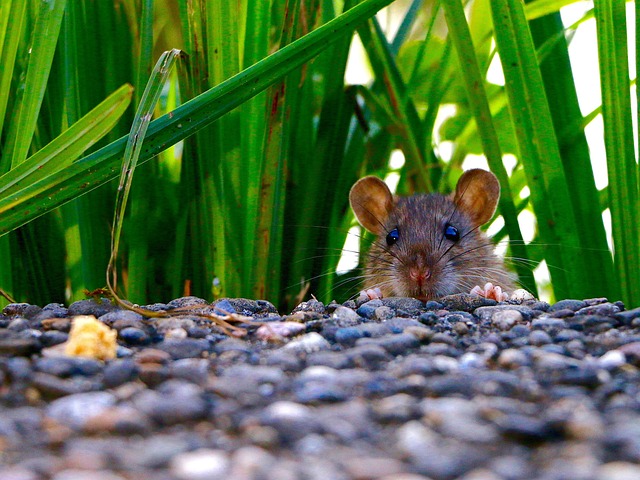Rats require a strategic approach for effective control, achieved through tailored customized rat control plans. These involve identifying entry points, food sources, and nesting areas through meticulous inspections, followed by sealing access, sanitizing, and using targeted traps or baits. Regular maintenance, including daily cleanliness practices, regular trap monitoring, and continuous surveillance for signs of activity, is vital for long-term success in customized rat control plans.
Rats can quickly transform any space into their home, but understanding their behavior is the first step towards effective prevention. In this article, we’ll guide you through a comprehensive strategy to reduce rat attractants and implement successful customized rat control plans. From deciphering their attraction to spaces to regular maintenance, learn how to create an environment that discourages these pests. Say goodbye to rats and secure your space with our practical advice.
Understanding Rat Behavior and Their Attraction to Spaces
Rats are highly intelligent creatures with intricate behaviors, which is why understanding their attraction to spaces is key in implementing effective rat control. They possess excellent senses of smell and hearing, allowing them to detect even the smallest traces of food or potential shelter. Rats are attracted to areas that offer easy access to food sources and provide adequate hiding places for their safety. Unattended food items, garbage bins, and cracks or crevices in walls or floors can all serve as invitations for these intruders.
Customized rat control plans must account for these behaviors to be truly effective. By conducting thorough inspections to identify entry points, potential food sources, and signs of infestation, professionals can create tailored strategies. This may involve sealing off access points, implementing strict sanitation practices, and using specific baits or traps that target rats without harming other wildlife or pets. Such a personalized approach ensures that the unique characteristics of each space are considered, leading to successful rat prevention and control.
Customized Rat Control Plans: A Comprehensive Approach
Rats are relentless invaders, but defeating them requires a tailored strategy. Customized rat control plans offer an effective, comprehensive approach that goes beyond generic solutions. These plans begin with an extensive assessment of your space, identifying entry points, nesting areas, and food sources that attract rats. Once identified, targeted measures can be implemented.
This might include sealing off entry points with steel wool or caulk, removing potential food sources like pet food bowls or garbage, and setting up traps in strategic locations. Professional exterminators often employ a combination of these methods, using advanced techniques and safe, approved chemicals to eliminate rat populations humanely and prevent future infestations.
Implementing Effective Prevention Strategies
Implementing effective prevention strategies is key to reducing rat attractants in your space. As professionals, we recommend a multi-faceted approach that starts with identifying and eliminating potential food sources. This involves securing all food items, properly storing waste, and maintaining cleanliness throughout your environment. By minimizing access to sustenance, you significantly deter rats from seeking entry.
Customized rat control plans tailored to your specific needs are highly effective. These plans incorporate targeted inspections, sealant techniques for entry points, and the strategic placement of traps or baits. Regular maintenance and proactive measures ensure a rat-free space, providing peace of mind and a healthier living or working environment.
Regular Maintenance and Monitoring for Long-Term Success
Regular maintenance and monitoring are key components for long-term success in rat control. Implementing a customized rat control plan involves ongoing vigilance. Regularly inspect your space, looking for any signs of rat activity, such as droppings or chewed packaging. Keeping areas clean, removing clutter, and sealing entry points are essential preventive measures that should be part of your routine.
Additionally, monitoring traps and baits is crucial to understanding the effectiveness of your chosen methods. Regularly check and replace bait stations, ensuring they remain in optimal locations. By maintaining a consistent surveillance approach, you can quickly identify any rat population changes or new entry points, allowing for adjustments to your control plan as needed.
In conclusion, effectively reducing rat attractants requires a multi-faceted approach. By understanding rat behavior, implementing tailored prevention strategies, and committing to regular maintenance, you can significantly deter these pests. Remember, a customized rat control plan is key to long-term success in creating a rat-free environment.
